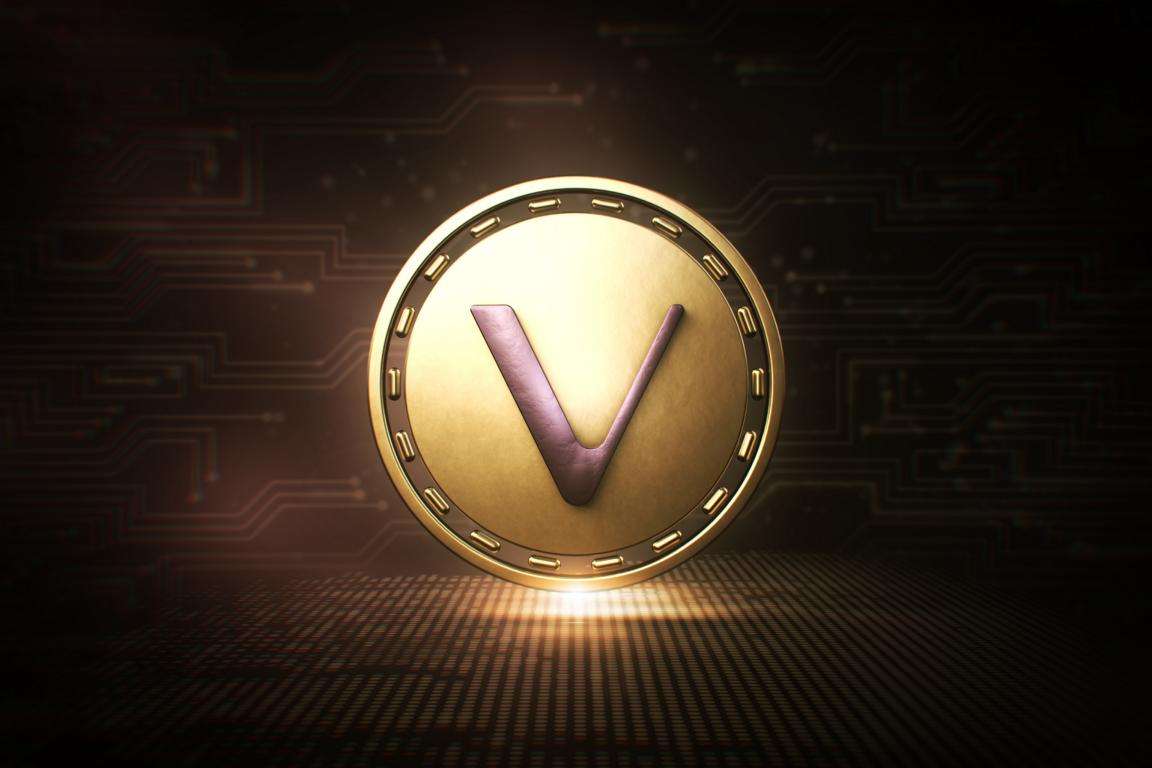A solution in search of a problem

Blockchain technologies have been identified as the next disruptor that will reinvent banking services and save significant amounts of money for financial institutions (FIs). For laymen, blockchain technologies represent opportunities to earn fortunes and unlimited problems that can be solved through its seemingly magical technology. For banks, blockchain blocking is far too attractive: save significant sums of money in transaction and operating costs.
Unfortunately, the promise that blockchain will be able to deliver this value is not realistic, and when you examine critically, you can see that many of the blockchain applications made for FIs are often overhyped solutions in search of a problem.
A SOLUTION EASY AFTER A PROBLEM
To understand why blockchain is just a solution in search of a problem, it is helpful to examine what it solves and how it does this. Blockchain is a database that seeks to solve problems related to the validation, confirmation and registration of transactions between two or more parties. The database is shared between participants who must follow rules to ensure trust. Blockchain technology ensures that the rules are followed and trust is maintained by – in theory – guaranteeing atomicity and authenticating transactions.
Atomicity is crucial to ensure that transactions take place correctly. For example, a bank’s software may implement a transfer from account A to account B as a withdrawal from account A followed by a deposit to account B. If the first action takes place, the second should also take place. Blockchain technology solves this problem by building what is actually a chain of transactions that can be played and verified. Each transaction can be considered as a link in the chain, with each link supporting the next transaction in the series (hence the name blockchain). All blockchain technologies implement some form of cryptography to authenticate counterparties, and once a transaction is confirmed, it becomes an irreversible part of the chain.
Ultimately, blockchain is meant to provide trust where trust cannot be secured. This feature is important if you do not know your counterparty or if the participants in the system do not act truthfully (eg falsify transactions, double consumption, etc.).
Fortunately, FIs that trade with each other in the United States are well regulated, and these blockchain features are largely unnecessary. The irony is that this zero-confidence function is not necessary in an industry where BSA / AML, KYC and counterparty risk are a large part of the operating environment – not unless you plan to run on the edge with the regulators. When it comes to problems with atomicity, these can be solved in a less complicated and direct way with the help of a centralized settlement center. After all, if the industry is willing to agree on a single blockchain standard, why can’t FIs agree to use a jointly sponsored digital clearing house?
BLOCKCHAIN IS EXPENSIVE
Most loyal blockchain supporters will argue that the decentralized nature of technology is its main advantage. They would argue that by decentralization, federation or any other distribution form they advocate, the cost of maintaining a global ledger can be shared by all. I agree; However, most blockchain implementations today have incorporated some form of digital currency as a means for their developers to monetize their technology and ensure the integrity of transactions.
Early cryptocurrency platforms for financial transactions promised to provide a universal book that FIs could use to record transactions. The idea was to streamline communication and make transactions cheaper. However, these transactions have been shown to be subject to price volatility, as changes in the underlying “value” of the currency can make them much more expensive than traditional funds.
What does this mean? FI has zero control over the costs of transactions. Even more disturbing is that by using a blockchain platform, institutions effectively relinquish price control to a unit that can arbitrarily add more coins into circulation and enrich the basic owners, while reducing shareholder value for the company.
BLOCKCHAIN IS EFFECTIVE
This last point is complicated, so I will keep it concise and simple. Blockchain technologies are usually inefficient. Bitcoin, a well-known name, can take anywhere from 10 to 60 minutes to process a transaction. The reason for this is that they rely on proof-of-work or other similar authentication schemes that require some form of cryptographic mining (heavy computational work).
This shows many inefficiencies; the time to record transactions is incredibly long, and the power requirements to support these networks can be harmful to the environment.
Banks are used to long time frames for clearing houses to register transactions. At best, these technologies can only improve timing marginally, and at worst, they can take longer and lead to damage to our environment.
In addition, blockchain requires an investment in hardware since each participant must maintain part of the chain. As such, while the database is distributed, a financial institution will still have to subsidize its use through its infrastructure. At the time of writing, the Bitcoin blockchain is approximately 400 GB in size and averages 250,000 daily transactions. Compare that to the fact that NASDAQ has an average of 3-5 billion daily transactions, and one can begin to see fundamental problems with how these technologies will scale. Can you imagine having to keep a copy of all transactions made on NASDAQ forever?
LAST THOUGHTS
There is no doubt that blockchain is a revolutionary technology that has found many good uses outside of typical banking. Creating digital assets makes it easier to move wealth and can provide some financial freedom without being tied to a central bank.
I do not want to mock the innovators in this field; but I will share prudence and wisdom. This technology can be completely replaced by financial institutions that form a consortium to promote interbank standards and a jointly owned clearing house. Not only will FIs benefit from coming together and working for common standards, but also, no party will be unfairly enriched by simply being the ancestor of a cryptocurrency.
Former major bank balance manager became entrepreneur. CEO of Quantalytix, a solution for corporate lending and bank administration.























